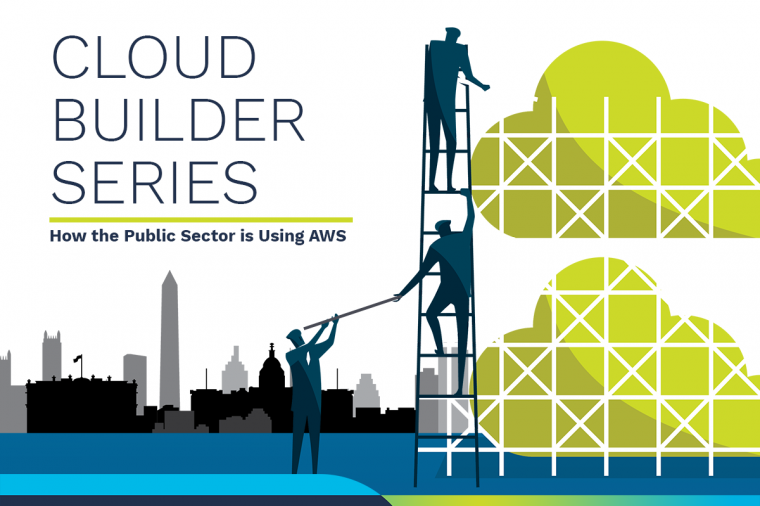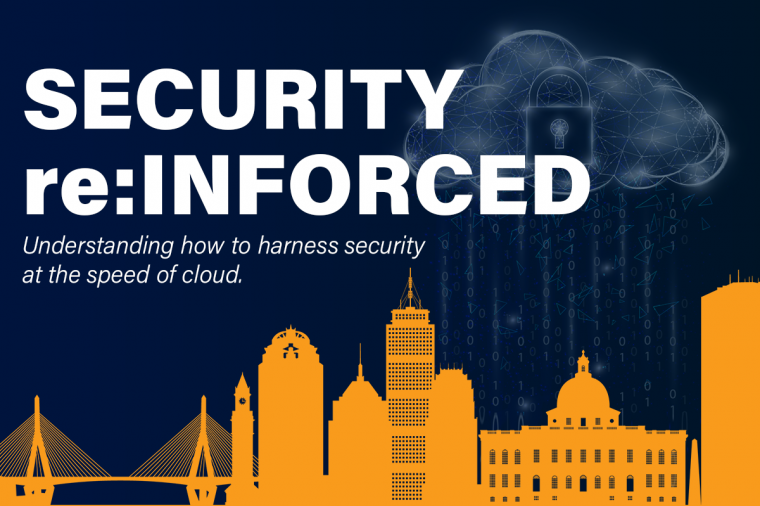Work-From-Home Is Likely Here to Stay—What’s Your Strategy for User Experience?

Assuring the best digital employee experience is now a business imperative.
As business adapt to the shifting tides of the COVID-19 pandemic, the very nature of where employees will work in the future remains in flux. Although some employers may have mixed feelings about this, employees have strong preferences. In a recent Forbes report, 74 percent of professionals indicated they believe working from home will become the new normal. 61 percent of those surveyed stated they would prefer being fully remote, while 97 percent suggested they would like some degree of flexibility in balancing a return to the office and remote work. This data suggests many employers will likely embrace a hybrid model of work in order to attract new hires and retain existing talent.
Of course, this continued reliance on remote work has much larger implications for IT organizations, which must assure the end-user experience regardless of where employees work. As these employees increasingly rely on remote access to services hosted by corporate networks, including data center-based voice systems, as well as web applications, it becomes considerably more challenging to guarantee the reliability, responsiveness, and quality of that end-user experience regardless of location or how those users are connecting.
Whether it’s a remotely based engineer accessing a manufacturing application, a healthcare worker checking medical records in a hosted application, or a bank manager using a data center-based unified communication and collaboration (UC&C) application to call a regional office regarding a loan origination, the quality of the connection is absolutely crucial. The ability of IT to troubleshoot problems and assure the highest quality of service can directly impact a business’s ability to generate revenue, support the customer, and avoid compliance penalties.
The Implications of Cloud Migration on Digital Employee Experience
Many IT organizations have embarked on workload migration projects, moving services to the cloud and infrastructures to co-locations, and adopting new software-as-a-service (SaaS) applications, such as unified communications as a service (UCaaS). This in turn has created tremendous complexity, making it more difficult for IT to gain the visibility and control needed to troubleshoot and address performance problems quickly in order to ensure the best digital employee experience.
In the case of UCaaS, many companies are using more than one platform, which further complicates the process of keeping services performing flawlessly. IT simply can’t rely on the vendor’s management tool in each instance. ISPs, corporate networks, WAN providers, and even corporate IP-based phone systems all can have infinite paths that communications can follow, which creates immense complexity. Such next-generation corporate infrastructures are more of an ecosystem of different environments, which leaves IT dealing with an explosion of edges.
Too Many Edges, Too Little Time
Each environment has its own edge. The three general areas for visibility include the client edge, network edge, and data center/cloud service edge. As traffic moves between each edge, it is often altered to accommodate the next domain. So, for example, traffic going from wireless to wired connections, or LAN to WAN, or ISP to co-lo, co-lo to cloud, or cloud to server workload presents a potential gap in visibility. Importantly, these edges can turn into roadblocks that impede a remote worker’s productivity. With so many potential edges involved in any given application service, it is imperative for IT to have vendor-agnostic visibility in order to rapidly pinpoint issues.
IT needs to rethink monitoring strategies, identifying key instrumentation vantage points to more effectively troubleshoot end-user experience and application performance issues. Combining both packet data and synthetic test technologies for monitoring at these different edges is the key to success in today’s complex, multi-cloud environments.
The Case for Smart Edge Monitoring
Synthetic testing, which includes business transaction testing capabilities, is a highly effective means for simulating the typical interactions an end user has with applications across an enterprise environment. Such testing can be conducted on a scheduled, consistent basis, with results providing IT with detailed performance and availability analysis of specific applications, as well as of the network. Tests can be configured for data center-based traditional applications in server farms, SaaS applications, UCaaS solutions, and Wi-Fi or local Ethernet networks at remote locations.
The beauty of business transaction testing is that many times it can detect an emerging problem and then alert IT, allowing them to turn to a packet monitoring solution to determine where the slowdown is occurring. This in turn enables faster resolution so there is less of an impact on the end user.
NETSCOUT is a leader when it comes to smart edge monitoring. Our Smart Edge Monitoring solution provides comprehensive, borderless monitoring and visibility. This unique solution combines and extends the benefits of nGeniusONE’s Service Assurance platform with nGeniusPULSE’s proven synthetic testing to provide critical insights into the end-user experience. Our Adaptive Service Intelligence (ASI) technology combines the test traffic with packet monitoring traffic to provide an unparalleled perspective of the service delivery and user experience. This is the ideal solution for ensuring that work-from-home professionals are able to have the best digital employee experience with any application, anywhere.
If you would like to learn more about rethinking user experience in a remote work world, this white paper can help: Rethinking User Experience on the Edge.















































